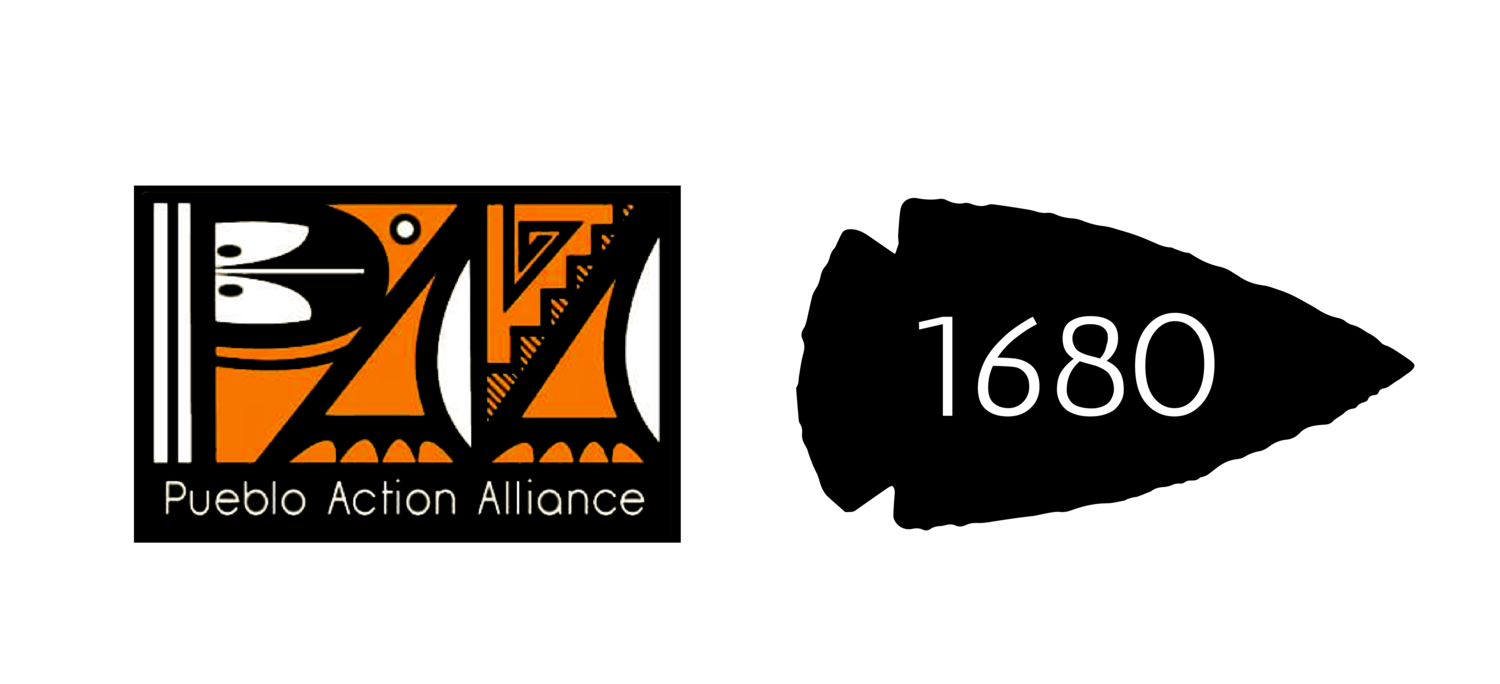COVID-19 & Fracking: CLASHING PANDEMICS IN THE GREATER CHACO REGION
Photo Credit: Micheal Ramsey
Lauren “Corn” Howland is the Environmental Justice Organizer with the Pueblo Action Alliance. They are a Pueblo/Diné/Apache youth living in occupied Tiwa territory (ABQ) and organizes with several other organizations and autonomous groups in the southwest.
President Biden’s recent executive order to pause oil and gas leasing on federal lands is a step forward toward ensuring clean air, water, land, and our culture for future generations. However, there is still a lot of uncertainty for cultural landscapes like the Greater Chaco region, where Indigenous communities are still impacted by adverse environmental and health injustices.
Whether referencing our pre-colonial Pueblo ancestors or the current Navajo Nation occupants, the Greater Chaco region has been home to Indigenous people of the Southwest since time immemorial. This sacred place, the “Greater Chaco Region,” isn’t only the Chaco Canyon Historical Park boundaries, but the region that encompasses the Four Corner states because of ancient roads and outlier sites that aren’t marked or within the park boundaries.
Photo Credit: Wildearthguardians.org
This sacred region’s cultural and natural resources have been continuously exploited by colonial institutions and transnational energy corporations, leaving behind a toxic legacy that has devastated Indigenous communities. The most prominent threat to the people of this region continues to be fracking.. With more than 44,000 active fracking wells within the Greater Chaco Region, the devastation and exploitation of our land and resources will continue, despite Biden’s executive order to halt new oil and gas leases.
Photo Credit: Fractracker.org
This is highly concerning to Indigenous communities for a number of reasons. With the onset of the COVID19 pandemic, we’ve seen a clear correlation between regions that are heavily fracked and the number of severe and fatal COVID19 cases. It’s no surprise that this is true in the San Juan Basin (Greater Chaco Region) ,where the largest methane cloud shamefully hovers over Indigenous communities. Chaco Canyon National Park sits roughly 50 miles from the border town of Farmington, NM and is still part of the San Juan Basin. Methane, in gas form, is a byproduct of fracking and is known to impact respiratory systems of those exposed to it regularly.
Despite a majority of Southwestern Indigenous communities managing life in extremely rural and arid environments with dirt roads as the current transportation infrastructure, Indigenous communities within the Greater Chaco region became a national hotspot for COVID-19 cases per capita. Recent studies conducted by Physicians for Social Responsibility (PSR) and the
Alliance of Nurses of Healthy Environments (ANHE) have made connections between disparities experienced by communities of color resulting from poor air quality and COVID19 cases in regions with heavy fracking operations. A report published by ANHE,“Nurses on the Frontlines: Unmasking the Influence of Air Pollution, Health Disparities, and Oil and Gas Development on COVID-19”,clearly demonstrates how our communities are unfairly burdened by poor air and water quality, a willing sacrifice our lawmakers are willing to make in order to provide energy for the nation. The study also makes clear connections between air quality disparities, health impacts and how “COVID-19 has unmasked the additional burden for people of color living in communities with poor air quality and oil and gas development.” The study also reveals the disparities that Indigenous communities face when it comes to accessing equitable healthcare and services; during the peak of the pandemic in May 2020, 60% of Indigenous people accounted for COVID19 cases in NM while we only make up 11% of the state’s population.
Battling this pandemic with an Indian Health infrastructure that is already severely underfunded and understaffed, while also battling the fracking industry’s poisoning of our communities, has been a daunting task for Indigenous organizers. Regardless, we remain resilient, and we wait for the U.S. Senate to confirm Rep. Deb Haaland as Interior Secretary, someone who has experienced these disparities firsthand, and who we are confident will put the health of our communities and our land before the profits of the oil and gas industry. We can no longer produce domestic energy at the expense of the health and wellbeing of Indigenous communities and communities of color. We must protect the Greater Chaco Region in perpetuity, and we must hold the Biden-Harris administration for its promise to protect the most vulnerable in this country.





